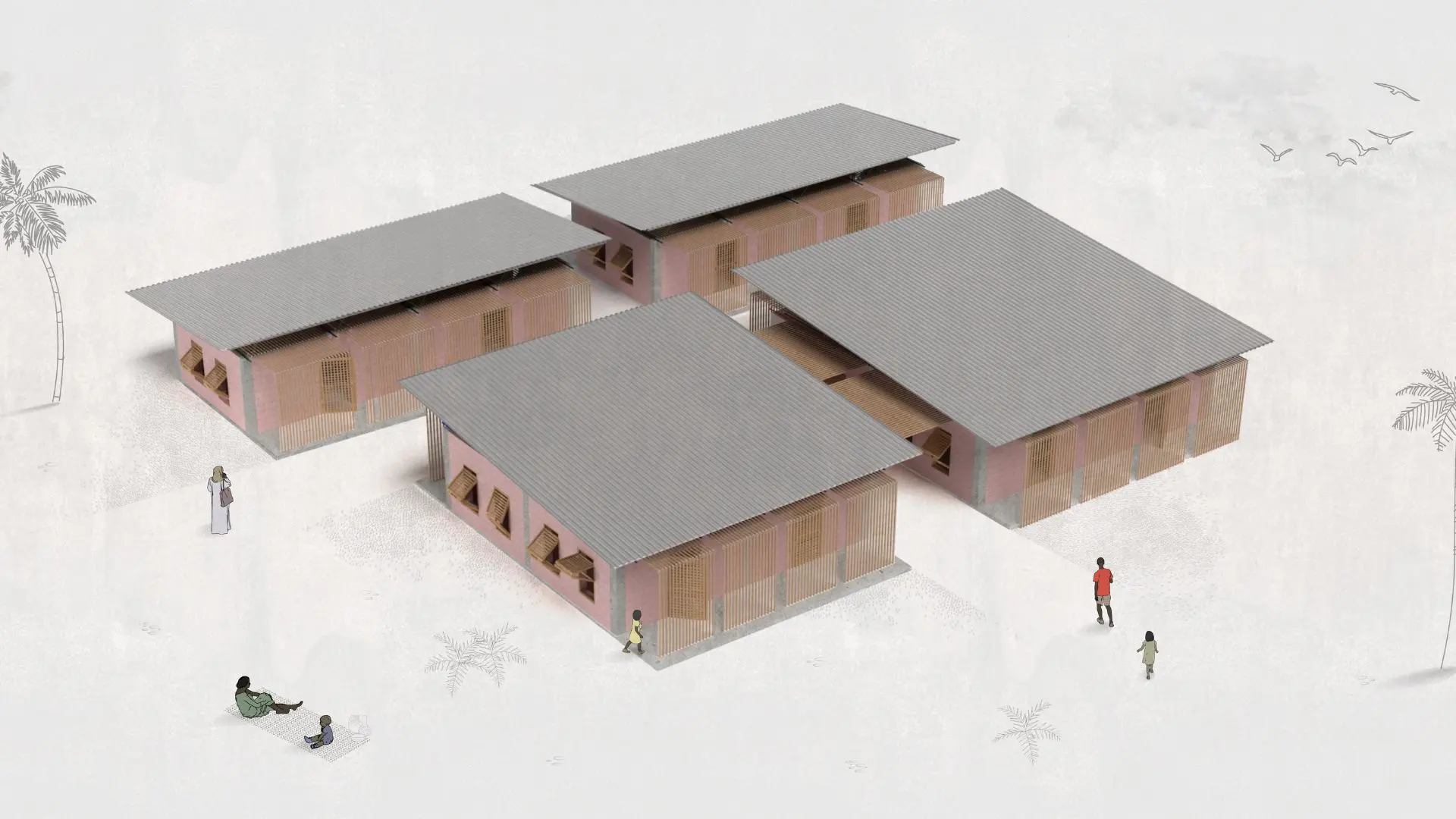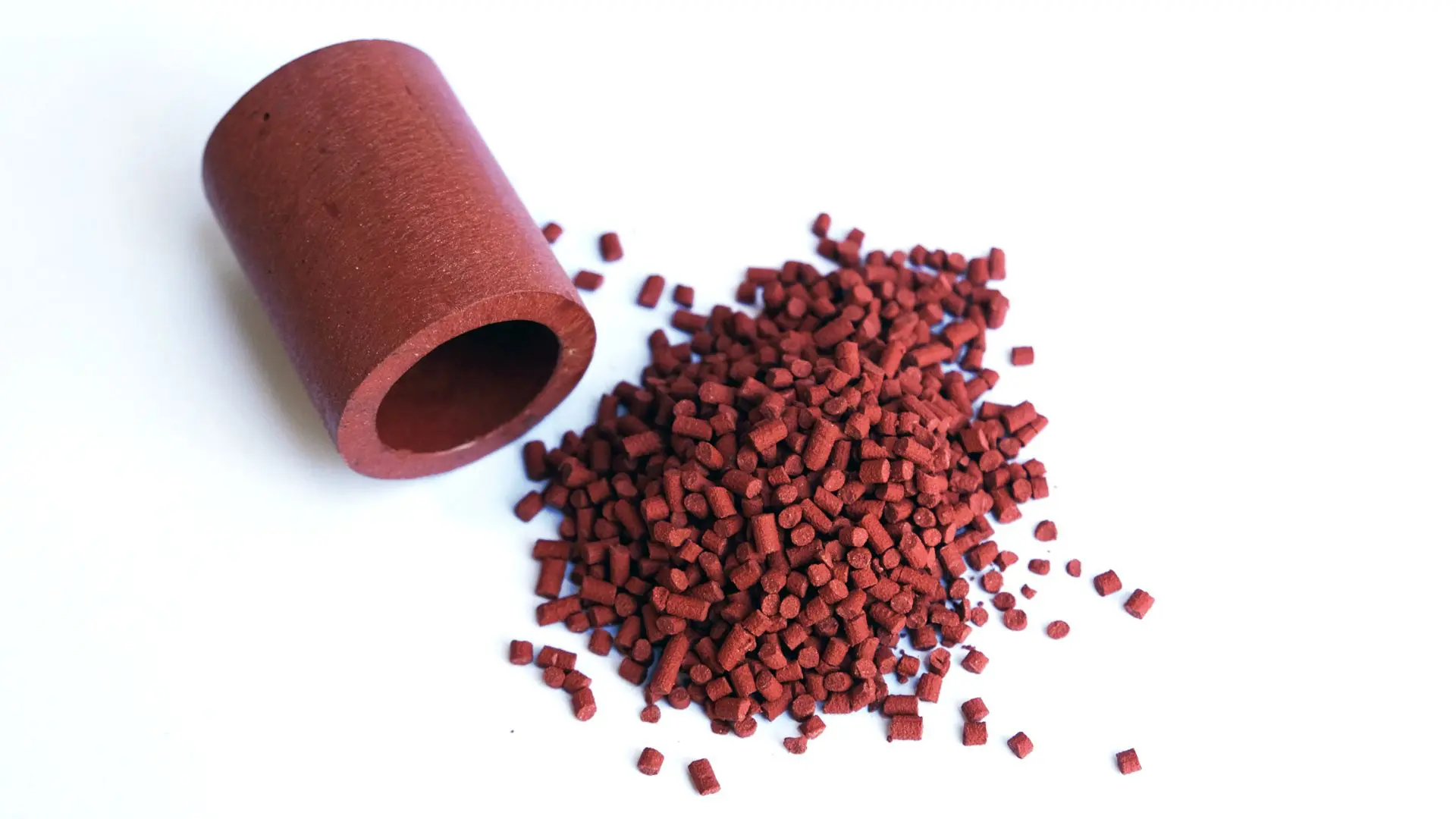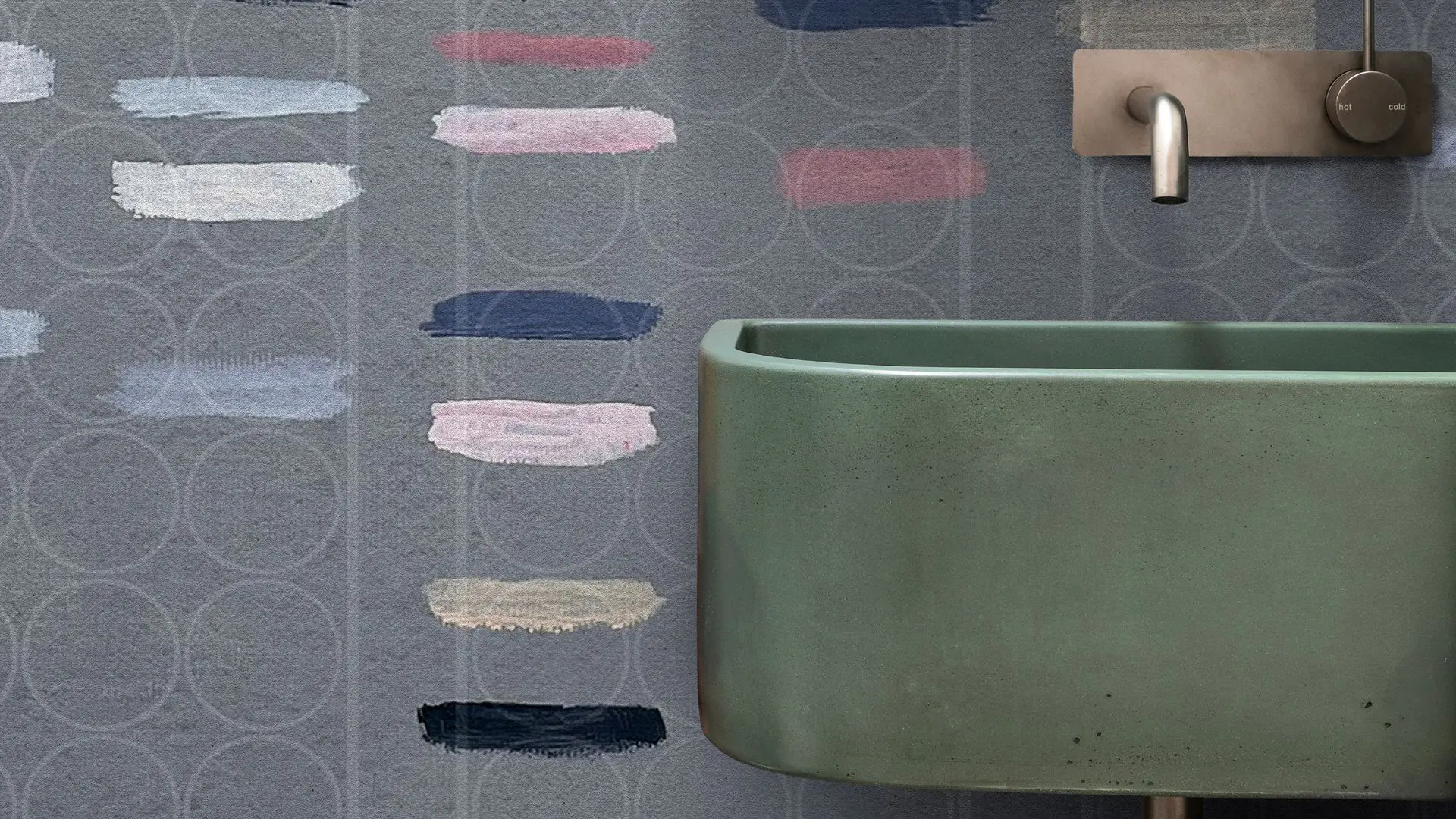A conversation with Textile Refuge: transforming fashion’s waste into building material
What if one of the world’s largest pollutants were a resource instead of a problem? This startup aims to shift the narrative.

Emerging from a university thesis project, Textile Refuge is an open-source initiative that transforms textile waste into cement-based building materials for housing structures in Chorkor, Ghana. By addressing both environmental waste and housing insecurity simultaneously, the project creates local jobs while offering durable homes for vulnerable communities. The team has recently been awarded the “Best of the Year” iF Design Student Award, as well as a €14,000 funding grant from Fondazione Francesco Morelli.
Let’s chat with its founders, Mattia Cappiello, Carola Castiglione, Giacomo Frova, and Mattia Macciachini, about the journey and future of this impressive initiative.
Gallery
Open full width
Open full width
Gallery
Close full width
Close full width
What drew you from Italy to focus on a community like Chorkor – what was the connection that made this distant housing crisis feel urgent and personal to you?
Textile Refuge:
“Coming from Italy, we were shocked by the scale of textile waste we generate, and even more by where it ends up. When we learned that millions of discarded garments are shipped weekly to developing countries, often ending up in places like Chorkor, we felt a strong responsibility. It was no longer a distant issue: our fashion habits here are directly impacting the living conditions of vulnerable communities elsewhere.”

Walk us through the chemistry: what is the process to get textile waste to actually bond with cement, and create a material strong enough for housing?
Textile Refuge:
“We don’t use cement! We replace it with hydrated lime, a more sustainable binder that absorbs CO₂ from the air through carbonation as it hardens. We shred post-consumer textile waste into fibers, mix them with lime and water, then press the mixture into molds and let it dry. The result is Limetex, a solid material tested to reach 8 MPa of compressive strength, suitable for construction; tested by Politecnico di Milano.”

What’s the biggest misconception people have about using textile waste, and how do you address it?
Textile Refuge:
“The biggest misconception is that textile waste is too weak, dirty, or inconsistent to be used structurally. In reality, with proper processing and a binder like hydrated lime, it becomes a valuable and stable resource. Through lab testing and collaboration with material scientists, we’ve demonstrated that it can be safe, durable, and even offer improved insulation properties.”

How do you envision the open-source aspect evolving, what do you hope other communities will adapt or improve?
Textile Refuge:
“Our goal is to make the process fully replicable, from materials to construction methods, through a clear step-by-step manual. By combining local Ghanaian vernacular architecture with our Limetex material, we developed a housing system that respects local culture, improves performance, and lowers costs. TextileRefuge isn’t just a solution, it’s an open invitation to co-design sustainable housing from waste.”

What are the next steps you have planned for the project to scale up?
Textile Refuge:
“We are currently focusing on a new phase of material testing, aiming to validate Limetex through additional trials and certifications. At the same time, we’re working with a business advisor to refine our long-term strategy and business model. Once the material is fully optimised, we plan to rebrand the project and officially launch the startup to bring this vision to life. Our team is motivated, focused, and ready to put in the work to make a real difference.”










